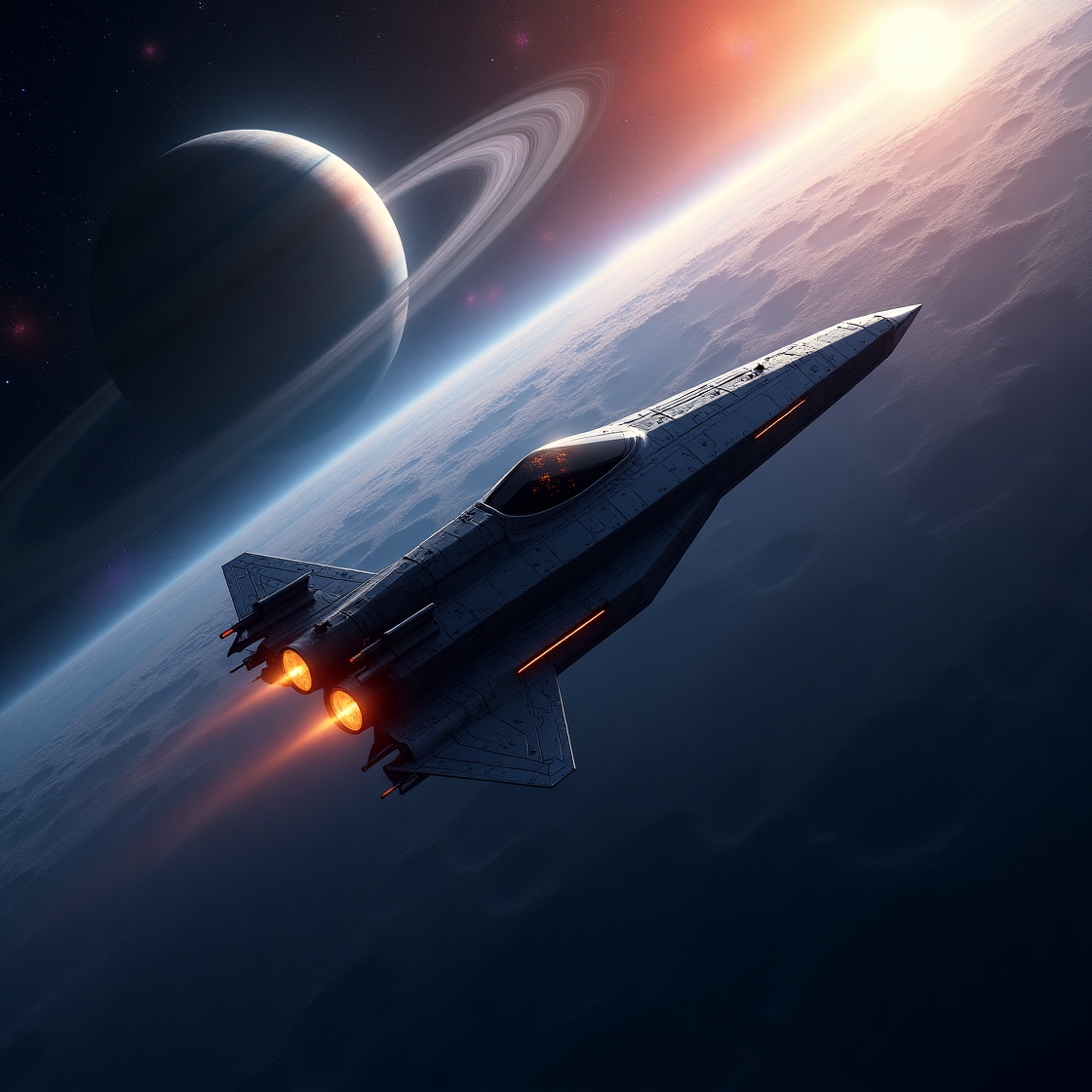In every child’s space journey, the stars can become mirrors for their inner world inviting them to question who they are and where they belong. Our stories depict characters traversing distant planets and cosmic realms, symbolizing a search for identity and purpose. As young readers follow these adventures, they often connect those external explorations with their internal growth. For parents and teachers seeking deeper context, this ARK Group guide on fostering identity in children offers insightful strategies for supporting kids on their self-discovery voyage.
A Brief History of Space Exploration
- The First Steps From Galileo’s telescope in 1609 to the launch of Sputnik 1 in 1957, our journey began with curiosity and daring.
- The Moon Landing In 1969, Apollo 11 took humankind to the Moon, proving that we could set foot on other worlds.
- Beyond Our Planet Space probes like Voyager 1 and 2 have traveled beyond our solar system, sending back breathtaking data.
- The Era of Space Stations The ISS serves as a home in orbit, a laboratory where humans live and work beyond Earth.
The Experience of a Space Journey
- Launch Day The roar of rocket engines shakes the ground as astronauts are propelled into orbit.
- Life in Zero Gravity Everyday tasks become challenges eating, sleeping, and moving require learning new habits.
- The View Earth from space is a glowing blue marble; stars shine without twinkle, revealing the stillness of the cosmos.
- Silence and Solitude In the vacuum of space, there is no sound only the hum of spacecraft systems and the steady beat of your own heart.
4. Key Destinations
Mars The next great frontier; rovers are already exploring its dusty surface, preparing for human arrival.

The Moon Our nearest celestial neighbor and a potential stepping stone for deeper space missions.
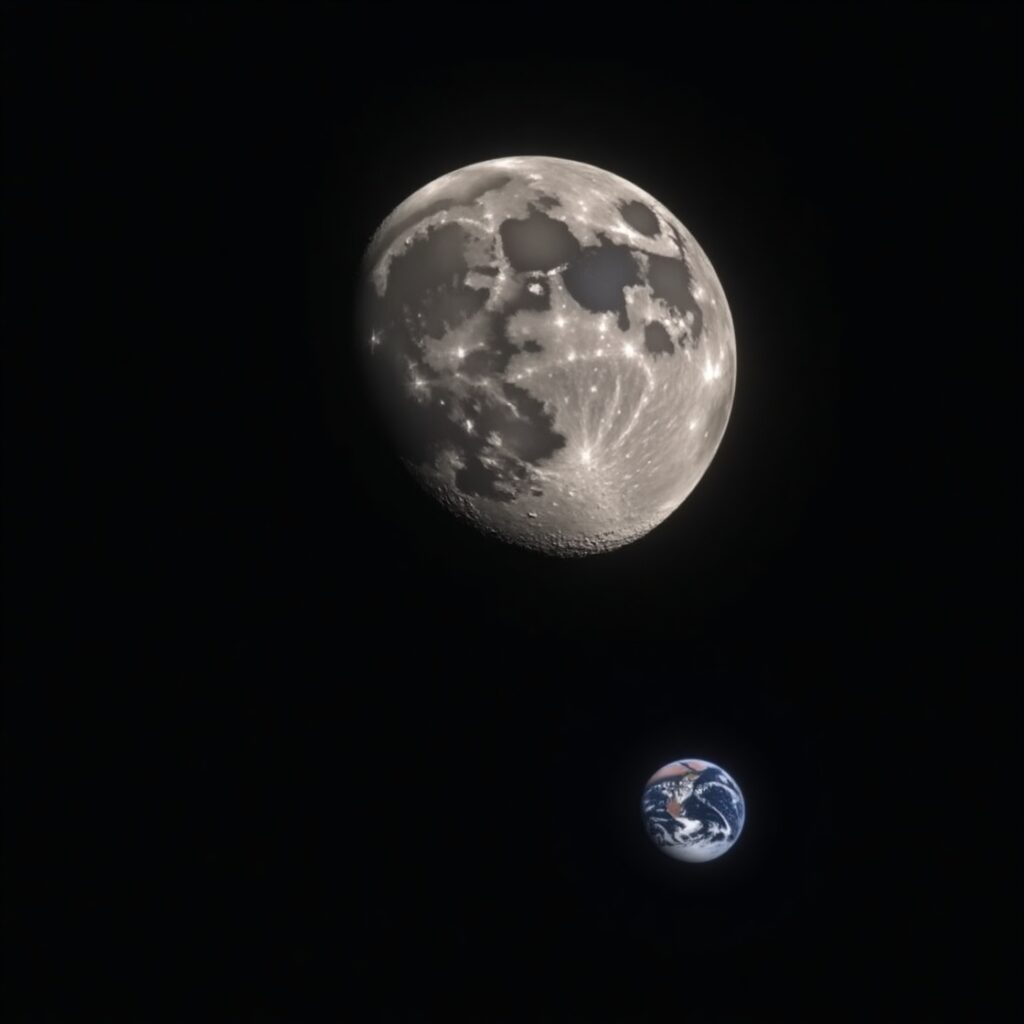
The Outer Planets Jupiter’s storms, Saturn’s rings, Neptune’s deep-blue mystery.
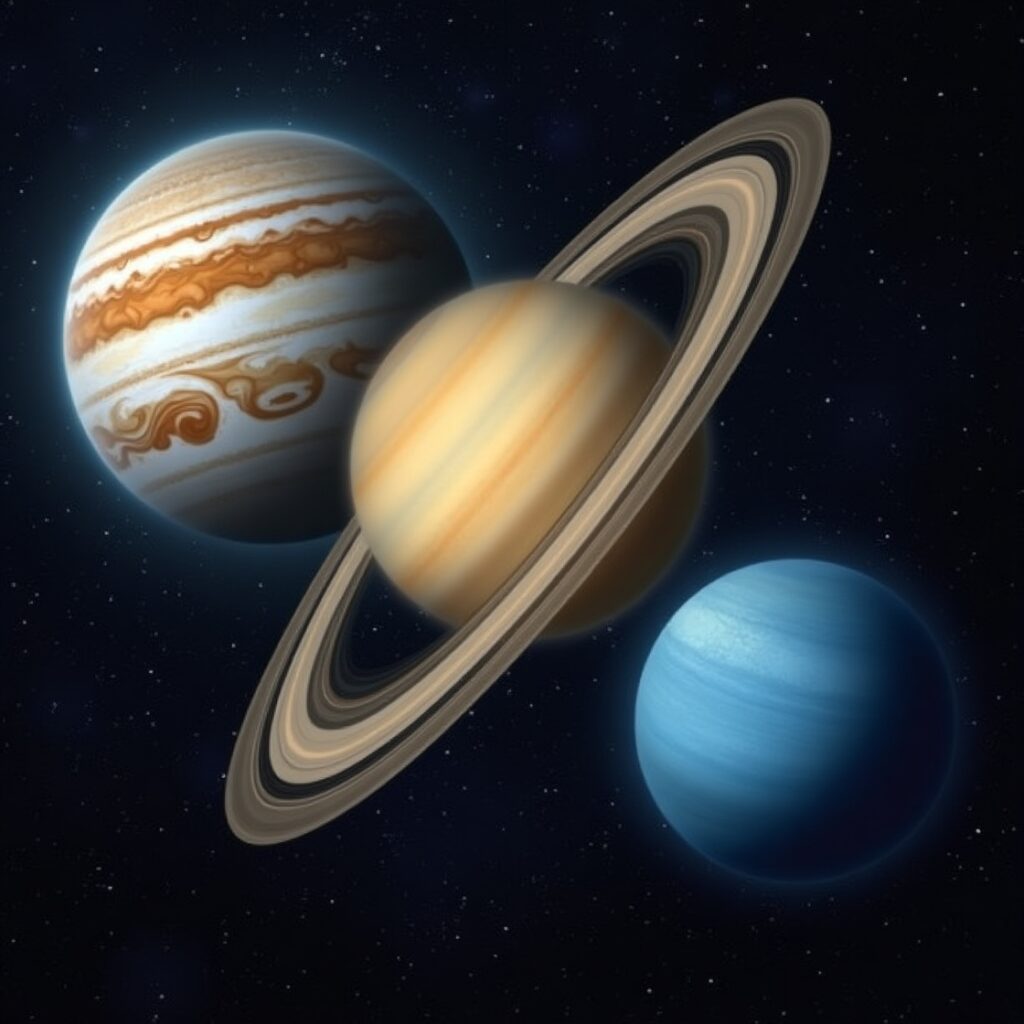
The Edge of the Solar System Beyond Pluto lies the Kuiper Belt and the unknown vastness of interstellar space.
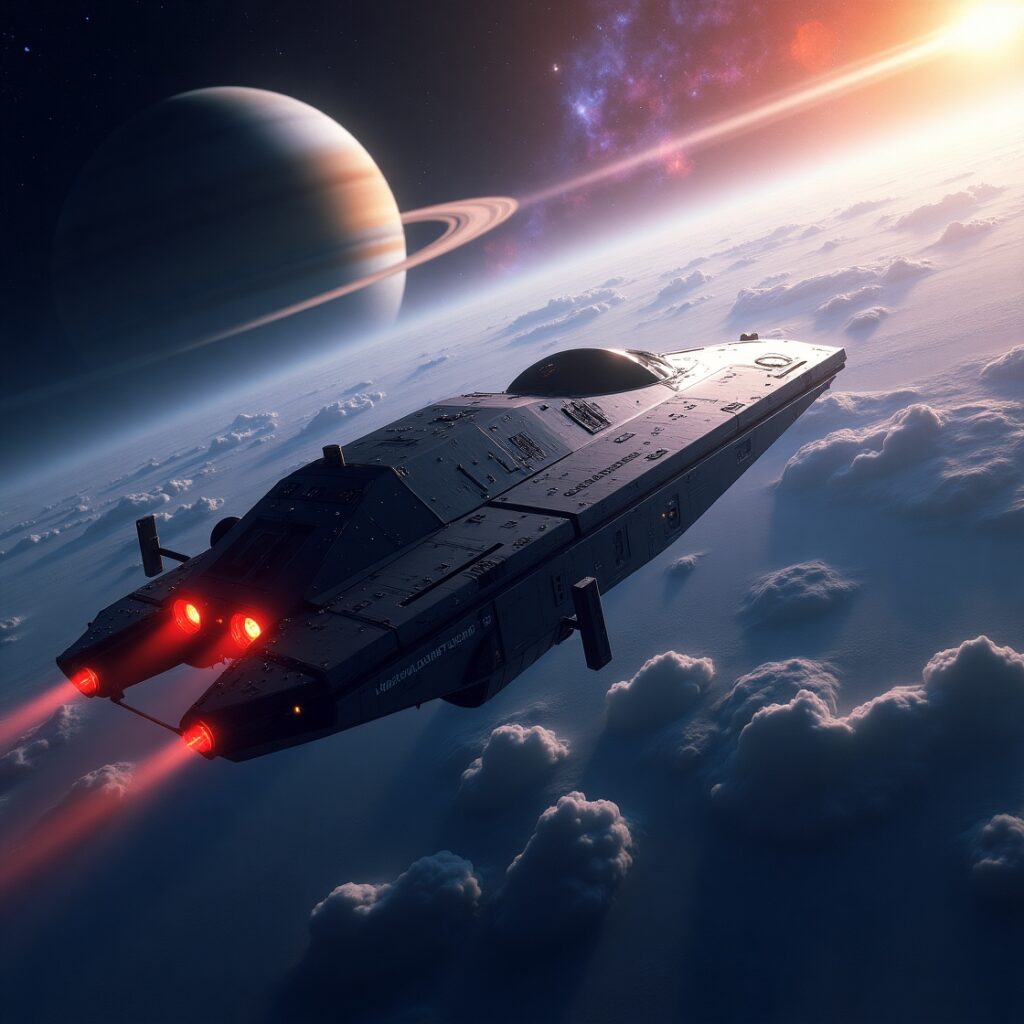
Here Are Some Inspiring Stories
Story 1 – Beyond the Blue
Launch Day arrived with a rumble you could feel in your bones. The air on the launchpad shimmered with heat as the rocket engines roared, drowning out even the pounding of my heart. Strapped into my seat, I felt the vibration surge through every nerve, my chest pressed back as the world outside became a blur. Then, with one final push, we were free weightless and untethered, slipping into orbit.
Zero gravity was more than a novelty; it was a constant teacher. Eating became a slow ballet, guiding spoonfuls of food toward my mouth without sending them spinning away. Sleeping was like floating inside a dream, my body gently drifting inside a cocooned sleeping bag. Even the simplest task like turning around felt like learning to walk again.
Through the spacecraft window, Earth floated below us: a glowing blue marble wrapped in swirls of white, hanging in the endless black. The stars, freed from the flicker of the atmosphere, shone with a steady brilliance, as if painted on glass.
Then came the silence. In space, sound does not travel. The outside was still and eternal; inside, only the hum of life-support systems and my own heartbeat reminded me that time still moved forward.
Our mission was to the Moon that familiar face we’d stared at for millennia. Landing was a moment of history and humility. Its surface was pale, silent, and pockmarked by ancient impacts. No air stirred, no sound replied when our boots met the dust. I bent down, scooping a handful into a sample bag, thinking how these grains had lain untouched for billions of years.
But even as we celebrated, we looked beyond to Mars, to the gas giants, to the edge of the Solar System where Voyager still drifts. Each destination brought new dreams but also new challenges: the months-long voyage to Mars, the storms of Jupiter, the radiation belts of space, the isolation of deep travel.
We knew the dangers the thin shield of our ship against cosmic rays, the strain on our muscles and bones, the mental toll of endless stars with no sunrise or sunset. But we also knew this was the first step toward a future where Moon bases and Mars colonies might be as real as the ships that brought our ancestors across oceans.
Looking back at Earth, small and fragile against the backdrop of infinity, I felt something shift. A space journey isn’t only about where you go it’s about seeing home as it truly is. And in that silence, far beyond the atmosphere, I understood: our voyage had only just begun.
Story 2 – The Long Way to Mars
When the countdown reached zero, the rocket rose like a spear of fire into the morning sky. My helmet rattled, my chest shook, and gravity tried to pin me to my seat. Then, in a heartbeat, the roar was gone, and the crushing weight lifted replaced by the disorienting drift of zero gravity.
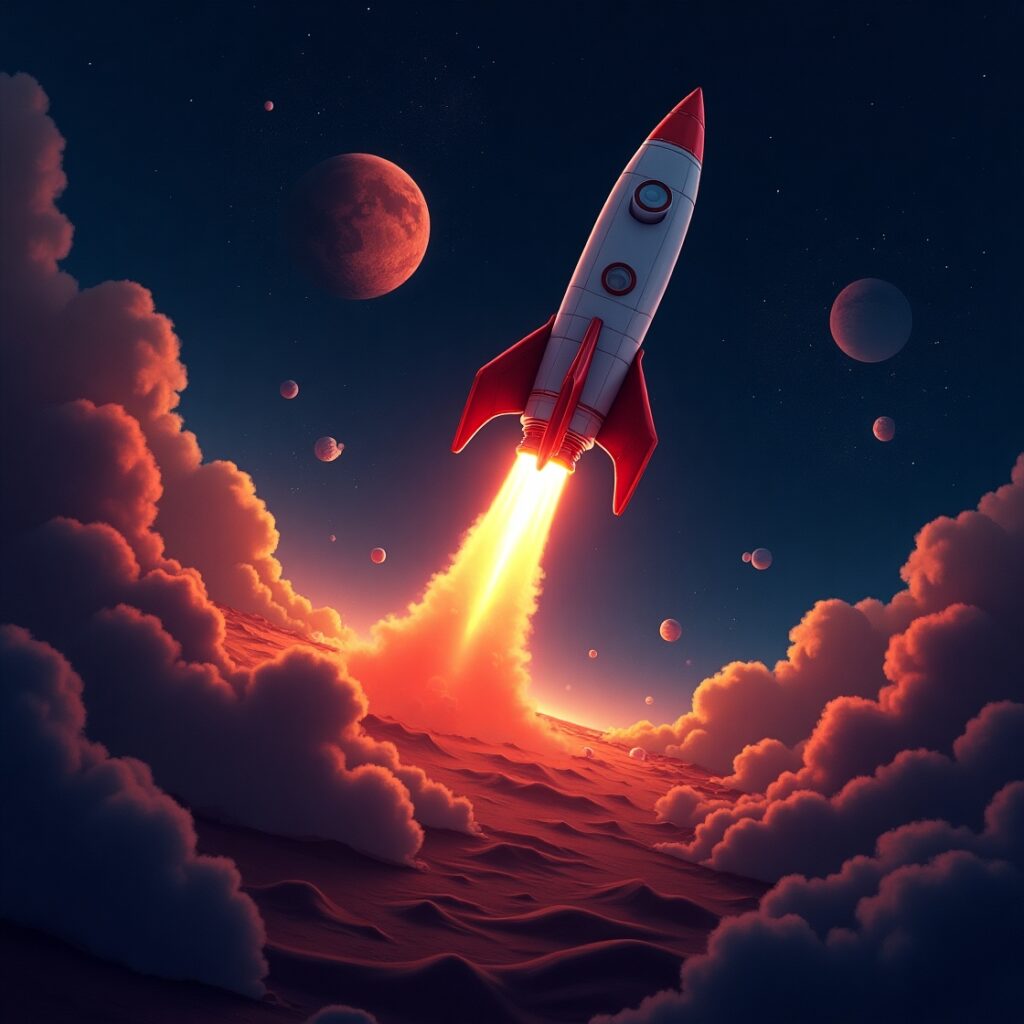
At first, living without weight felt like a carnival trick. Food floated like slow bubbles, and sleeping meant curling into a weightless sack, tethered so I wouldn’t drift across the cabin. But the novelty gave way to routine, and routine gave way to the awareness that we were months from home.
The view from the observation window became my refuge. Earth was a fading dot now, and the Sun burned white-hot against the infinite black. The stars stood motionless ancient and cold and Mars, our destination, grew from a reddish speck into a planet of deserts and valleys.
But the journey was not without strain. In deep space, there is no air to carry sound, so outside our ship there was an unending, perfect silence. Inside, we lived in the hum of recycled air, the creak of metal, and the unspoken thoughts of a crew who knew that help was millions of miles away.
Radiation monitors blinked their constant warning; we exercised daily to keep our muscles alive in weightlessness. Isolation tested our minds as much as the vacuum tested our bodies. Every challenge from maintaining the ship’s systems to managing our own morale reminded us how fragile life is here.
When we finally entered Mars orbit, the planet’s surface stretched out beneath us in burnt oranges and dusty reds. The landing zone was a barren plain, winds carving slow shapes in the dust. As I stepped onto the surface, I felt the weight return a third of Earth’s gravity, but still enough to remind me that I was standing on a new world.
Looking out over the silent horizon, I thought of the next steps: permanent habitats, greenhouses beneath domes, cities that might one day rise here. And beyond Mars lay even more the rings of Saturn, the deep blue of Neptune, the cold edges of the Kuiper Belt where the Sun becomes a distant star.
But for now, our mission was simple: to stand where no human had stood before, to gather what we could, and to carry it home.
As our ship rose from Mars and turned toward Earth, I understood what every astronaut feels: the journey is never only about the destination. It’s about the way the vastness changes you, and how, no matter how far you go, you return with a deeper love for the tiny blue world that started it all.
As our ship rose from Mars and turned toward Earth, I understood what every astronaut feels: the journey is never only about the destination. It’s about the way the vastness changes you, and how, no matter how far you go, you return with a deeper love for the tiny blue world that started it all.
Story 3– “The Voyager’s Promise” (Fictional with Science Inspiration)
Mira Chen had been training for the Aurora mission for seven years. The goal was ambitious: to travel to the edge of the solar system and study the Kuiper Belt before venturing into interstellar space.
Launch day felt surreal. As the engines ignited, the spacecraft roared free from Earth’s pull, and Mira’s body was pressed into her seat until in an instant she floated. Zero gravity turned simple actions into art; every movement had to be graceful and precise, or she’d spin like a leaf in wind.
Her favorite moments were spent at the viewport. From there, Earth was a jewel set in an endless velvet sky. The further they traveled, the smaller it became until it was no more than a speck and then it was gone from sight altogether.
Weeks passed in silence. The only voices were those of her crewmates and the occasional call from mission control. Sometimes she’d wake in the middle of a sleep cycle, unhook herself from her sleeping bag, and drift to the window. There, Saturn’s rings glimmered like frost in morning light, and Jupiter’s storms swirled like living paintings.
But beauty was paired with challenge. Radiation levels had to be constantly monitored, and the psychological strain of being so far from home was heavier than gravity itself. Mira kept a journal, filling it with drawings and words, promising herself that she would tell this story even if no one believed it.
The Aurora reached the edge of the solar system, where the Sun was just another bright star. Beyond Pluto lay the Kuiper Belt, a realm of icy worlds and shadows. As they passed through, Mira felt the awe of standing at the threshold of the unknown.
In her final log before turning toward home, she wrote:
“Space is not empty it’s full of questions waiting for us to be brave enough to ask. And in answering them, we will understand ourselves better than ever before.”
STORY 4“Rings of Ice, Oceans of Mystery” (Realistic)
The Stellar Quest spacecraft had been in flight for nearly five years when it finally entered Jupiter’s gravitational embrace. Dr. Elena Vargas pressed her face against the glass observation panel, watching the swirling clouds below. The Great Red Spot churned like an ancient storm, its winds tearing through Jupiter’s atmosphere faster than any hurricane on Earth.
The crew’s mission was to study the gas giants and their moons up close. Jupiter’s moon Europa was their first target. Its surface was a smooth shell of ice, streaked with cracks and ridges, hiding a saltwater ocean beneath. Elena imagined what could be swimming in that endless dark sea creatures that had never seen sunlight.
From there, they slingshotted past Saturn. The rings, seen from space, were not solid like they looked from Earth. Instead, they were billions of ice and rock fragments, some no bigger than snowflakes, others the size of mountains. The rings shimmered in sunlight, creating a halo so breathtaking that the entire crew stood in silent awe.
Beyond Saturn, the cold deepened. Uranus appeared as a pale blue orb, tipped on its side, its rings faint and ghostly. Neptune followed a rich sapphire giant with winds screaming at over 1,200 miles per hour. Its moon Triton erupted with icy geysers that sprayed plumes miles into space.
The journey through the outer planets revealed more than the crew had expected. These worlds were not empty or lifeless; they were complex, dynamic, and perhaps even habitable in hidden corners. As they prepared to return home, Elena realized that humanity’s story wasn’t just tied to Earth it was written across every moon, ring, and storm in the solar system.
Story 5 – “The Grand Tour” (Fictional with Science Elements)
Captain Riya Khanna’s ship, the Celestial Whisper, was the first to complete a “grand tour” of the outer planets in a single mission. The voyage began at Jupiter, where her crew used the planet’s immense gravity to sling themselves further into space. They hovered near Io, Jupiter’s volcanic moon, where molten lava lakes bubbled under a thin, toxic sky. From the safety of their orbit, they watched fiery eruptions paint the darkness in orange and gold.
Next came Europa. Riya and her science officer deployed a probe to drill through the icy crust. Hours later, data streamed back chemical signatures suggesting life. If confirmed, this would be the first discovery of living organisms beyond Earth.
Saturn was a dream. Its rings stretched out like silver ribbons, and the crew took the Celestial Whisper right through a gap in the rings, tiny ice particles tapping gently against the hull like rain. On Titan, Saturn’s largest moon, methane lakes reflected the dim orange light, creating a landscape both alien and eerily peaceful.
When they reached Uranus, the strange tilt of the planet made its seasons unlike anything on Earth decades of sunlight followed by decades of darkness. Neptune, the last stop, welcomed them with its deep-blue clouds and fierce storms. Triton, Neptune’s moon, fascinated them most: it orbited backward, against Neptune’s spin, as if it were a captured wanderer from the distant Kuiper Belt.
The Celestial Whisper turned for home with its cargo hold full of samples, but it also carried something far greater the realization that the outer planets were not the cold, dead giants they once seemed. They were worlds of fire and ice, storms and oceans, each one holding secrets that could change how humanity understood its place in the cosmos.
Story 6 “Beneath the Frozen Shell”
The Aurora Voyager had been traveling for seven years before it reached its first destination: Europa, one of Jupiter’s most mysterious moons. Commander Aiden Wolfe stood in the observation deck, gazing at the pale, cracked ice stretching endlessly below. It looked like a frozen desert, but beneath that shell was an ocean possibly larger than all of Earth’s seas combined.
The mission’s goal was ambitious: to drill through the ice and send a submersible into the alien ocean. The crew worked tirelessly, enduring the bitter cold and constant radiation from Jupiter. Finally, after weeks of drilling, the probe broke through into the hidden sea. Cameras revealed a dark, silent world illuminated by the probe’s lights and then, something moved.
A creature, long and silver, glided gracefully past the camera. It wasn’t proof of intelligence, but it was life life beyond Earth. The crew erupted in celebration, knowing they had changed human history forever.
From Europa, the Aurora Voyager traveled to Saturn. Its rings shimmered like a halo in the darkness, each particle a fragment of ice or rock, remnants of ancient moons or comets. They descended to Titan, Saturn’s largest moon, where methane lakes mirrored a golden-orange sky. Walking on Titan’s surface felt like stepping into another reality cold, alien, and yet strangely peaceful.
By the time they reached Neptune, the crew was exhausted but awed. Neptune’s winds howled at unimaginable speeds, and its moon Triton spewed icy geysers into space. Standing there, Aiden realized they weren’t just explorers they were witnesses to the universe’s boundless creativity.
Story 7– “The Grand Ice Highway”
Dr. Leila Morgan had dreamed of the outer planets since childhood. Now, aboard the Starbound Horizon, she was finally there embarking on the first human journey to explore all four giants in one mission.
Jupiter was their first stop. Its vast storms, swirling in shades of cream, rust, and crimson, were mesmerizing. Io, Jupiter’s volcanic moon, glowed with molten lakes and fiery eruptions, making it look more like a hellscape than a moon. But it was Europa that captured Leila’s heart. Standing on its icy crust, she imagined an entire alien ecosystem thriving just a few miles beneath her boots.
Saturn was pure poetry. Its rings arced across space like frozen rivers, and the crew took the ship straight through the Cassini Division a gap in the rings as ice particles shimmered around them. On Titan, they flew a drone over methane seas, sending back images that would redefine humanity’s understanding of habitability.
Uranus appeared as a turquoise orb, tilted so dramatically that its poles basked in sunlight for decades while its equator sat in darkness. The planet’s faint rings and icy moons made it seem like a lonely, distant guardian of the solar system.
Neptune was the final destination. Its deep-blue atmosphere was alive with violent storms, and Triton’s geysers shot plumes of nitrogen miles high. As the Starbound Horizon turned for home, Leila felt a deep sense of connection not just to the planets, but to the grand, ancient story of the solar system itself.
5. Challenges of a Space Journey
- Distance & Time Mars alone is months away; interstellar travel may take decades or centuries.
- Survival in Harsh Environments Radiation, lack of atmosphere, and extreme temperatures demand advanced technology.
- Mental & Physical Health Isolation, confinement, and weightlessness affect both body and mind.
6. The Future of Space Travel
- Private Spaceflight Companies like SpaceX, Blue Origin, and others are making space tourism and exploration more accessible.
- Colonies Beyond Earth Moon bases, Mars settlements, and orbital habitats could become humanity’s new homes.
- Deep Space Missions Nuclear propulsion and AI-guided spacecraft may take us to other star systems.
7. Why the Journey Matters
A space journey is more than science it’s a reflection of our need to explore, to expand our horizons, and to understand our place in the universe. Every mission teaches us more about survival, technology, and the fragility of Earth.
Closing Thought
In the quiet beyond the atmosphere, we find both the vastness of the universe and the truth of our own smallness. Yet every rocket that leaves Earth is proof of something extraordinary: our refusal to stop dreaming. The journey to the stars is not just about where we go it’s about who we become when we get there.
In every child’s space journey, the stars can become mirrors for their inner world inviting them to question who they are and where they belong. Our Space Journey stories let kids explore cosmic adventures while sparking curiosity about self-discovery. If your little one enjoys thrilling tales, don’t miss our short scary stories for kids that mix fun with gentle chills. For a softer reading time, explore our bedtime story for kids section, filled with warm narratives that teach empathy and imagination. Together, these collections guide children through exciting adventures while supporting their identity journey.

